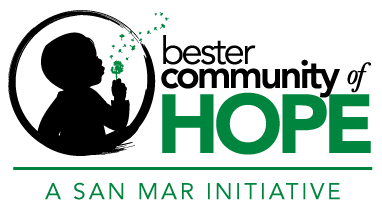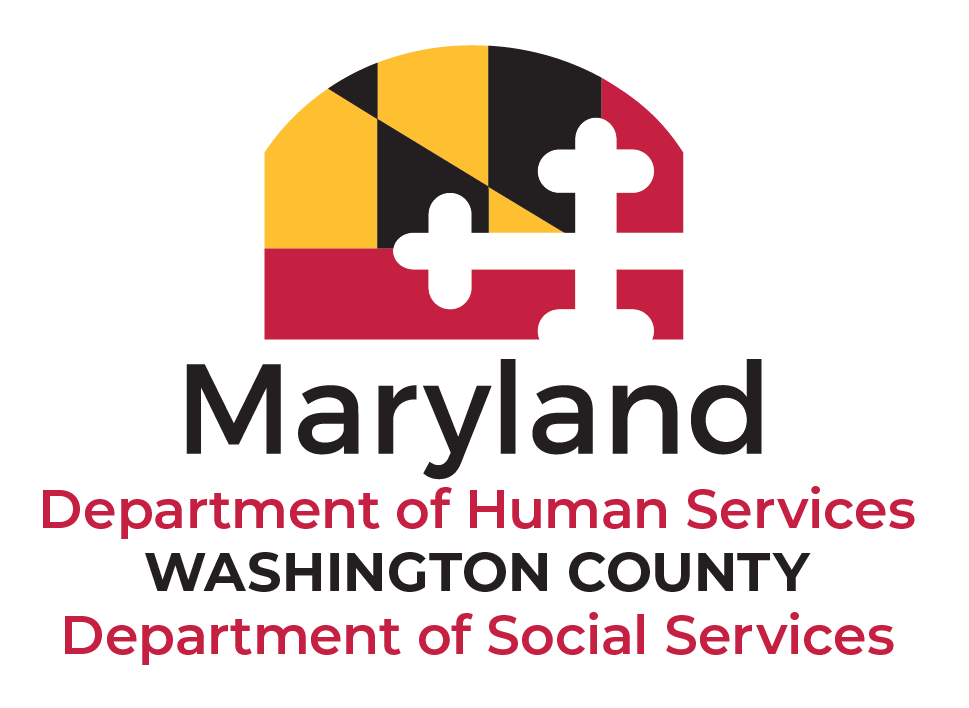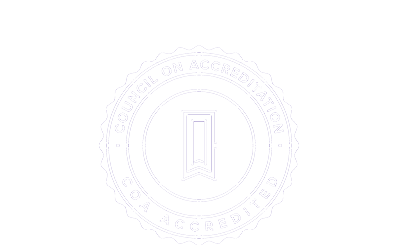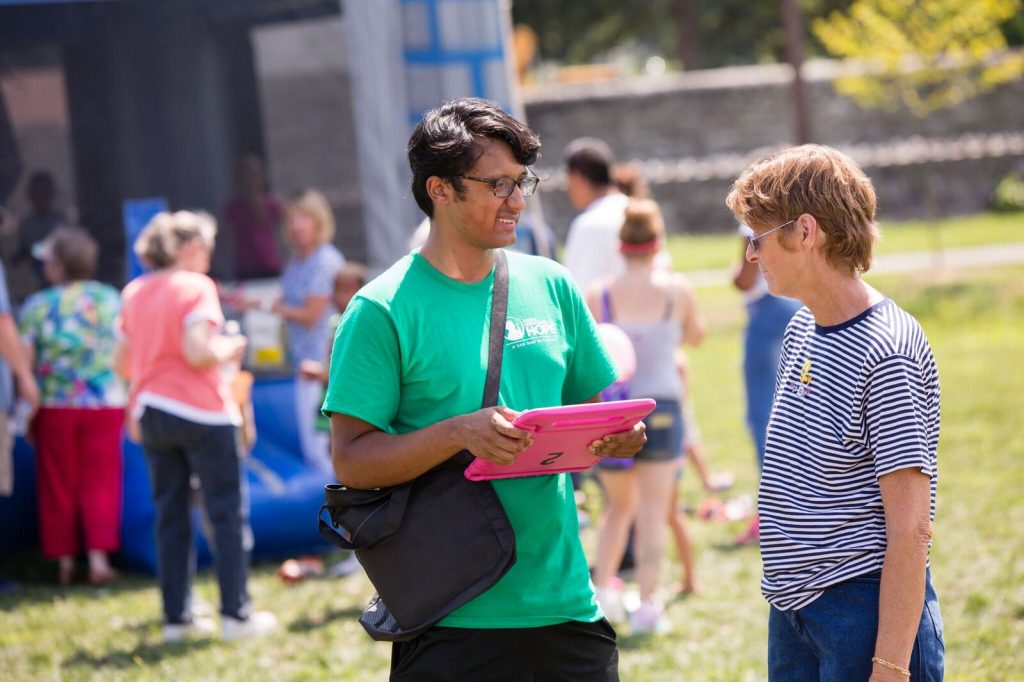
By Rafi Hoq
I just did an AmeriCorps VISTA service year with Bester Community of Hope, a non-profit trying to better life in Bester Elementary School and in the surrounding community in Hagerstown, MD. I supported a free school-based health center that sent for a nurse from the Community Free Clinic down the street to come treat for asthma attacks, bad scrapes and other medical needs too acute to be treated by the school nurse, and that would otherwise cause students to miss class and parents to miss work going to the doctor. The program began last year because Bester Community of Hope suggested that the Community Free Clinic allocate resources to the school. Many meetings and signatures later, they became another partner in a school-wide initiative to improve student wellbeing.
Behind “collective impact” is the idea that with relatively little extra work, we can achieve a lot with what already exists if we concentrate effort from different sectors around a goal. The school’s health office demonstrates this idea. All last year I watched nurses, teachers, therapists, social workers, counselors and more work together to tackle chronic disease, hunger, emotional crises, communal violence, child removal and other non-academic obstacles to being ready to learn. The whole is greater than the sum of its parts: the in-school location of these service providers makes them more accessible, lets them more easily work together, and lets them holistically handle anything a kid might face in the world, from every angle. The assumption is that students are likelier to succeed academically and climb out of poverty when there exists a network of supports meeting their basic needs.
Bester Community of Hope is advancing collective impact in other aspects of school and in the school’s catchment area. My old supervisors started a free afterschool program last year almost entirely out of donated time and energy from the community, using tutoring, sports, gardening, robotics, mindfulness and other types of clubs to more directly influence habits and test scores. They also started a case management program funded by the local Department of Social Services to ease overburdened caseloads in other agencies and to help keep families together, connecting them to even more support. Additionally, over only three years of operations, my old supervisors have worked with the school board, the city, churches, neighborhoods, businesses and other groups and institutions across many types of initiatives to change the system to better serve those who need it most.
If collective impact can end poverty – which may never end – loosely defining the term risks it being too low of a standard of what it takes to end poverty. Though collective impact can look like anything, doing it well is firstly about getting others to do something, or do something differently, about a problem. Bester Community of Hope does collective impact well, and I used to wonder why until the director of the case management program, a therapist, explained how she approaches children who don’t want to talk. Rather than think through the perfect things to say, she would just try to be herself and find common interest for casual conversation. Everything after was easier. I realized that Bester Community of Hope similarly builds trust first, doing the grunt work up front before asking others to join the cause, collectively applying to grants and pushing to start programs answering to actual needs without expectation for credit. I believe in them because it’s not about one person or organization defeating poverty. It’s a movement.
